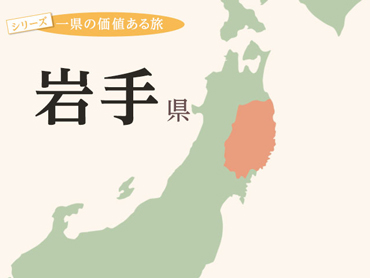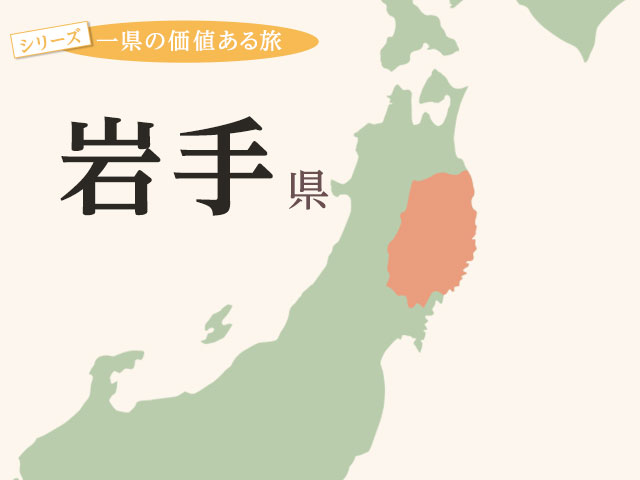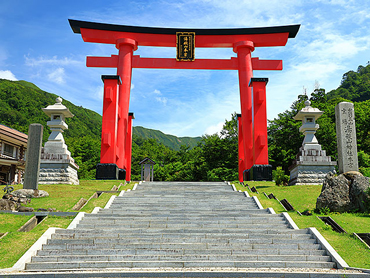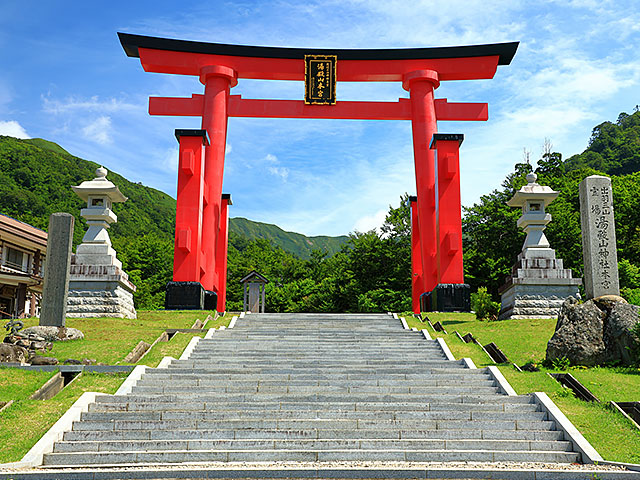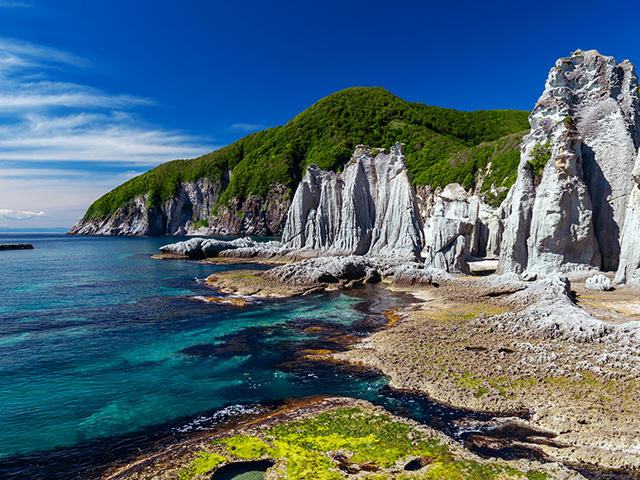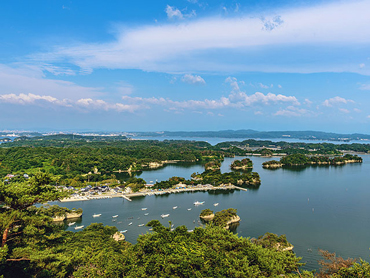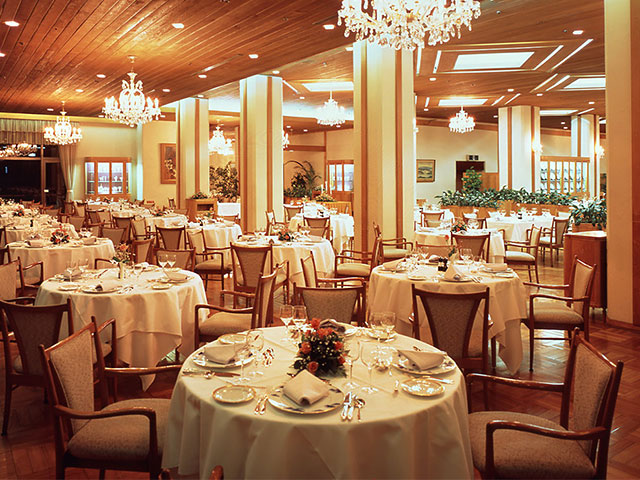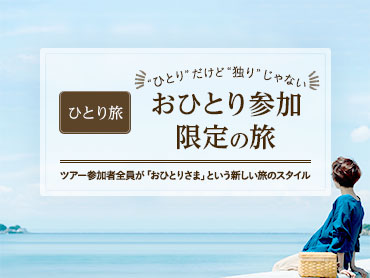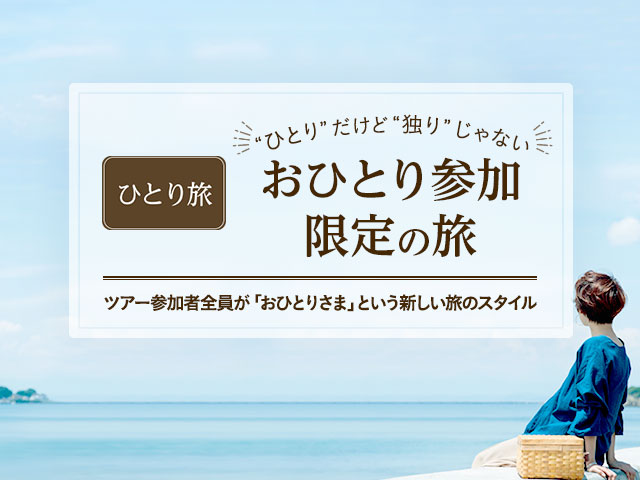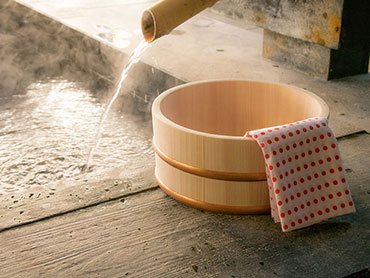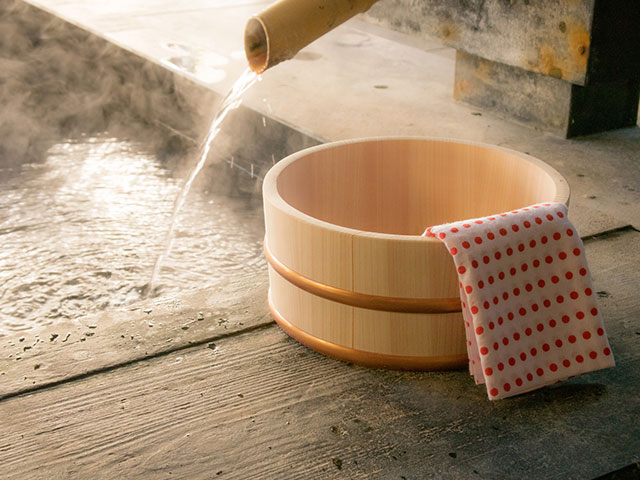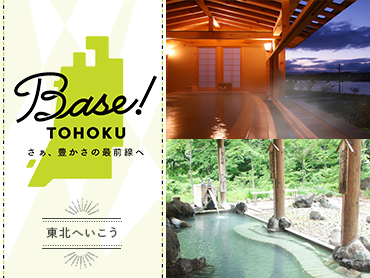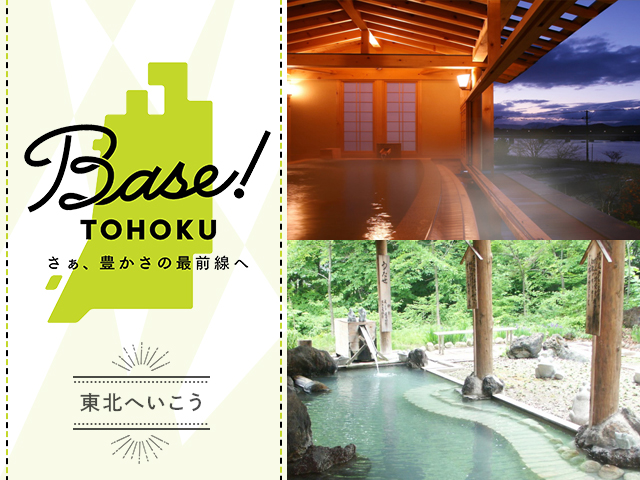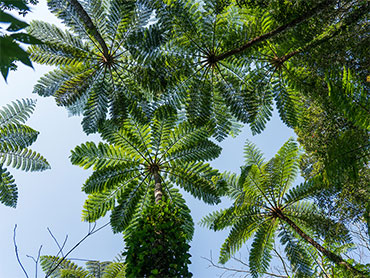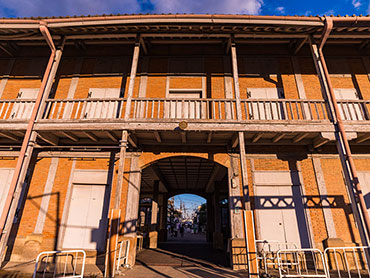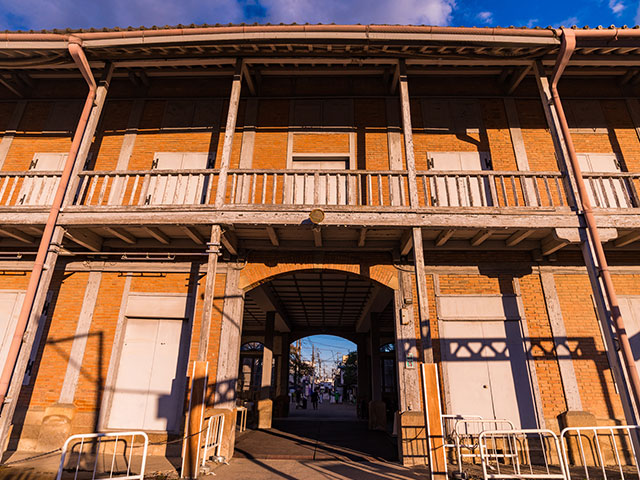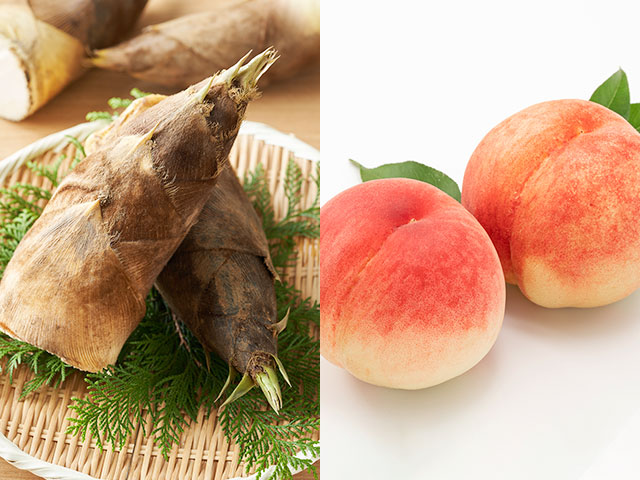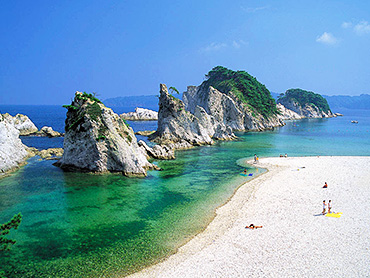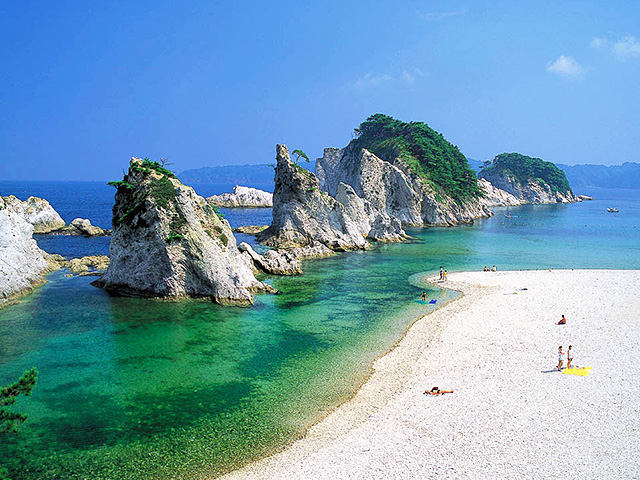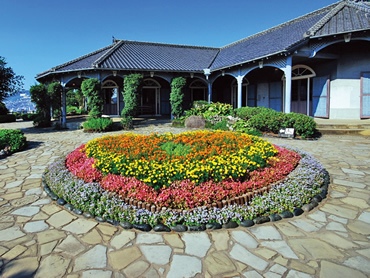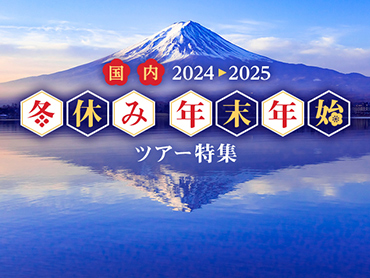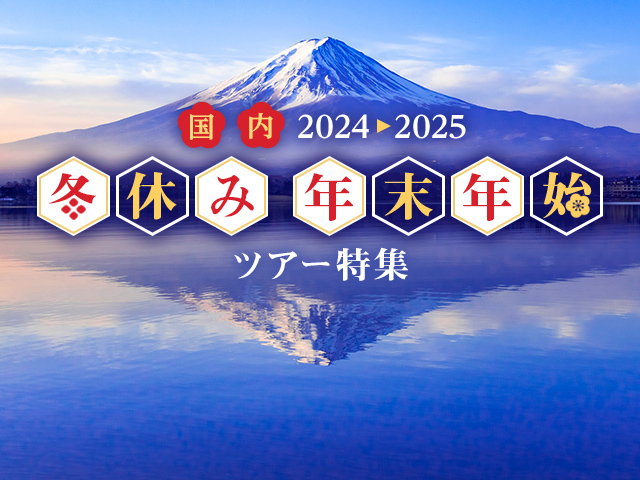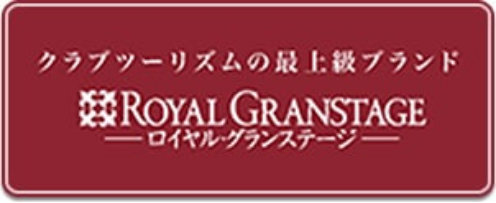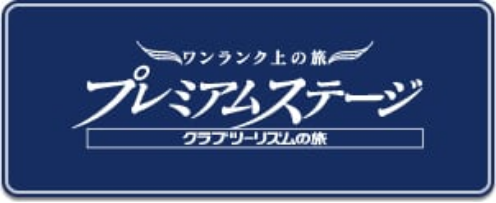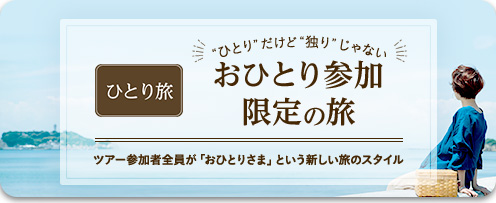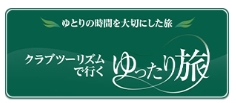Upscale Travel
Hiraizumi tours and trips to Hiraizumi

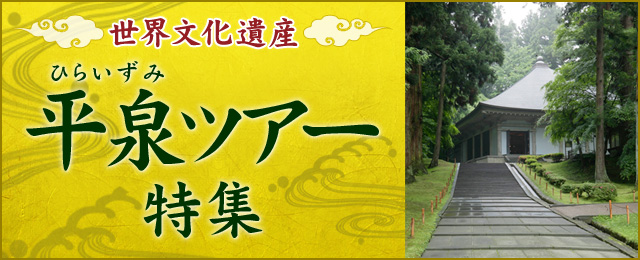
Club Tourism 's special tours to Hiraizumi! With a tour guide, you can feel safe and comfortable. We introduce recommended tours to Hiraizumi, the background to its recognition as a World Heritage Site, popular souvenirs, and more. Tour search and reservations are easy.
Recommended tours by train
Recommended tours by bus
Bus Tour
Club Tourism's top-class Domestic Travel
Royal Grand Stage Shiki-no-Hana: Premium Travel Experience Recommended Tours
Solo-Only Travel
Recommended tours departing and arriving in Ibaraki Prefecture
Recommended themed tours
Learn more about Hiraizumi
「平泉」ってどこにあるの?

藤原三代画像©毛越寺(イメージ)
平泉町(ひらいずみちょう)は、岩手県南西部に位置する町で、平安時代末期に奥州藤原氏の本拠地となった町として有名です。
奥州藤原氏の時代、平泉の人口は10万~15万人だったと推定されており、当時の日本(推定総人口1000万人)において、平安京に次ぐ大都市として栄えました。
世界文化遺産登録地はどこ?

毛越寺(もうつうじ)浄土庭園 (イメージ)
金色堂を含む中尊寺・毛越寺(もうつうじ)をはじめとする4つの庭園(中尊寺「大池跡」・毛越寺・観自在王院跡(かんじざいおういんあと)・無量光院跡(むりょうこういんあと))、及び金鶏山について仏国土を表す資産として顕著な普遍的価値が認められ、イコモス(国際記念物遺跡会議)より登録されました。
どうして世界遺産になったの?

毛越寺(もうつうじ)本堂 (イメージ)
平安末期の100年間に、都の文化を受け入れながら独自に発展させた仏教寺院・浄土庭園などの華麗な黄金文化の遺産群が、古代から中世への過渡期の地方文化として、すばらしい事例であると評価されました。
文化遺産としては、東北で初の登録となります。
Hiraizumi 's main attractions
中尊寺
(ちゅうそんじ)

画像提供 中尊寺
(イメージ)
中尊寺は嘉祥3年(850)、比叡山延暦寺の高僧慈覚大師円仁によって開かれました。その後、12世紀のはじめに奥州藤原氏初代清衡公によって大規模な堂塔造営が行われました。
中尊寺創建当初の姿を今に伝える金色堂は天治元年(1124)に上棟され、堂の内外に金箔を押してある「皆金色」の阿弥陀堂です。
毛越寺
(もうつうじ)

毛越寺(もうつうじ)
(イメージ)
毛越寺は慈覚大師円仁が開山し、藤原氏二代基衡公から三代秀衡公の時代に多くの伽藍が造営されました。往時には堂塔40僧坊500を数え、中尊寺をしのぐほどの規模と華麗さであったといわれています。奥州藤原氏滅亡後、度重なる災禍に遭いすべての建物が焼失しましたが、現在大泉が池を中心とする浄土庭園と平安時代の伽藍遺構がほぼ完全な状態で保存されており、国の特別史跡・特別名勝の二重の指定を受けています。
無量光院跡
(むりょうこういんあと)

無量光院跡(むりょうこういんあと)
(イメージ)
三代秀衡公が、宇治平等院の鳳凰堂を模して建立した寺院跡。調査の結果、阿弥陀堂の柱間や翼廊の左右が鳳凰堂より大きく、平等院を超えようとした意欲が感じられます。建物の中心線は西の金鶏山と結ばれており、その稜線上に沈む夕日に極楽浄土をイメージした、浄土庭園の最高傑作といわれています。
観自在王院跡
(かんじざいおういんあと)

観自在王院跡(かんじざいおういんあと)
(イメージ)
二代基衡公の妻が建立したと伝えられる寺院跡。ほぼ完全に残っている浄土庭園の遺構は平安時代に書かれた日本最古の庭園書『作庭記』の作法どおりと考えられています。池の北岸に大阿弥陀堂と小阿弥陀堂が設けられていたことから、極楽浄土を表現した庭園と考えられています。
高館義経堂
(たかだちぎけいどう)

高館義経堂(たかだちぎけいどう)
(イメージ)
高館は中尊寺の東方にある丘陵で、判官館とも呼ばれています。源義経公最期の地と言われる高館には義経堂が建ち、弁慶が立ち往生した衣川が望まれ、眼下には北上川が静かに流れています。
達谷窟毘沙門堂
(たっこくのいわやびしゃもんどう)

達谷窟毘沙門堂(たっこくのいわやびしゃもんどう)
(イメージ)
坂上田村麻呂が征夷の記念に毘沙門天を祀った岩窟。懸崖造りの毘沙門堂は、火災のたびに建て直されてきました。平安時代造像の丈六不動明王像(県指定文化財)や北限といわれる「岩面大佛」(磨崖仏)も必見です。境内全域が史跡指定。
Introducing the main specialties of Tohoku!
Morioka's Three Great Noodles

でんぷんと小麦粉をベースとしたつるつるとした腰の強い独特の麺と牛バラや牛骨、鶏だしの旨みの詰まったピリ辛のスープ。絶妙の美味しさです。

盛岡・花巻地方の名物料理「わんこそば」のお土産です。
色がやや黒く、そば本来の風味があり、シコシコ弾力に富んだやぶ系のそばをこねて・きたえて・のして打ちました。

盛岡三大麺のなかで、コアな人気を誇る逸品。辛口胡麻あわせ味噌が格別のおいしさ!!
Recommended

食材の宝庫と言われる三陸で、豊富な魚介類の中から上質のものを選り抜き、素材の味を生かして調理されました。

厳選した梅、青紫蘇の葉、黄金餅の餅粉など地元農家と契約した原料を使用し、素材のおいしさをとことん追求しました。岩手一関の銘菓です。

丸粒のピーナッツ、スライスアーモンド、白ごまそれぞれの持ち味を活かし、香ばしく焼き上げたクッキータイプのおせんべいです。

銘菓「かもめの玉子」は、大自然に遊ぶ鴎をモチーフにしました。しっとりほくほくの黄味餡をホワイトチョコレートで包みあげた風味豊かなお菓子です。

